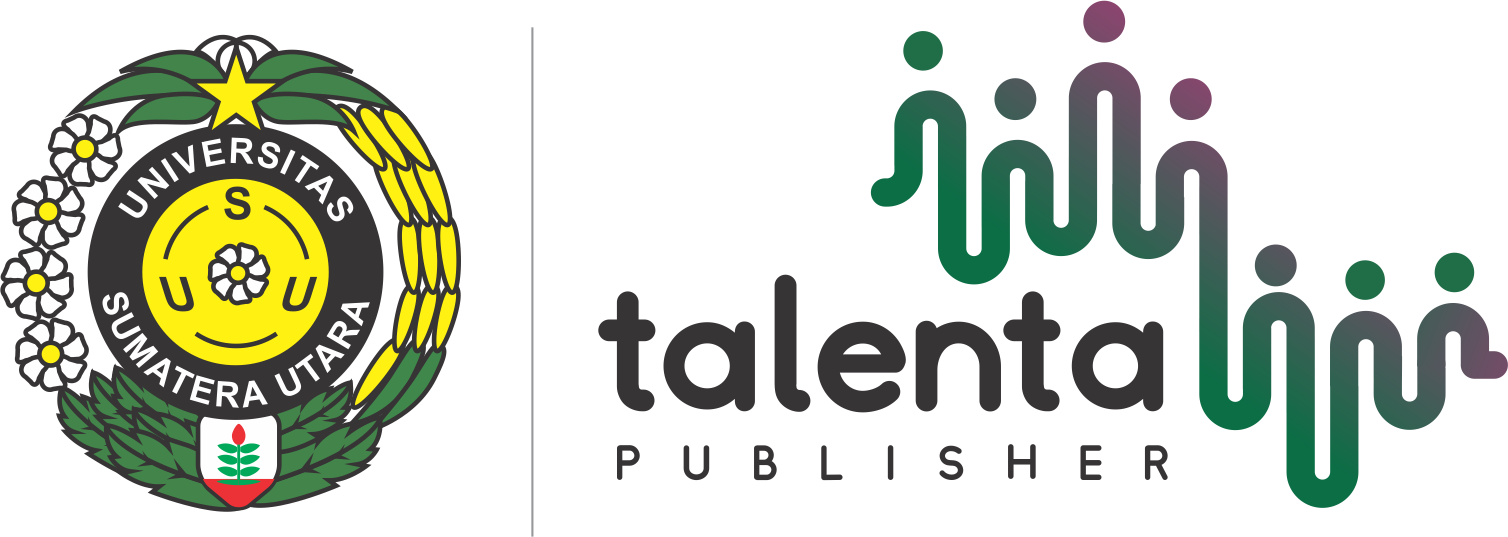Translation Typology of Modal in Unclos 1982 in Indonesian
| Authors | ||
| Issue | Vol 1 No 1 (2018): Talenta Conference Series: Local Wisdom, Social, and Arts (LWSA) | |
| Section | Articles | |
| Galley | ||
| DOI: | https://doi.org/10.32734/lwsa.v1i1.147 | |
| Keywords: | Translation typology Modals Accuracy UNCLOS 1982 KPBB-HL | |
| Published | 2018-10-17 |
Abstract
A good comprehesion on the content of the convention of the law as formulated in the UNCLOS 1982 text translated into Konvensi Perserikatan Bangsa-Bangsa Tentang Hukum Laut (KPBB-HL) in Indonesian is very crucial for the Republic of Indonesia because of the potentials of the sea. The data were 399 modal in UNCLOS and its translation. The translation of the UNCLOS 1982 into Indonesian should be accurate. Inaccuracy of the translation of the text, namely modal (Alwi 1992; Lyon 1977) can cause a conflict among the neighboring countries. The research objectives were (1) to identify the translation typology of modal in UNCLOS 1982 into KPBB-HL, (2) to assess the accuracy of the translation of modal. Qualitative descriptive method and content analysis (Miles and Huberman 2014) were implemented. Focus Group Discussion with the raters were carried out to assess the accuracy (Silalahi: 2012, Nababan: 2004; 2012). The result showed that there were 8 types of modal used, namely shall (269 data; 67.5%) with 6 translation types, may (88 data; 22%) with 6 translation types, should (16 data; 4%) with 7 translation types, can (9 data; 2%) with 2 translation types, must (6 data; 1.5%) with 2 translation types, would (6 data; 1.5%) with 3 translation types, will (3 data; 1%) with 1 translation type, might (2 data; 0.5%) with 1 translation type. 325 (81%) of the modal were accurately translated, and 74 data (19%) were inaccurately translated.






